Toiletpaper Apartment debuts in Milan with a 'sophisticated' Alex Prager collaboration
Toiletpaper present 'ToiletAlex PaperPrager' their new unsettling projects on the occasion of Milan Design Week 2024

During Milan Design Week 2024, Toiletpaper launched the Toiletpaper Apartment, a new space designed for exhibitions, events and 'anything' related to creativity. The Apartment is set on via Balzaretti 8, a Milanese street that has been transformed into a permanent public art installation with the brand's distinctive motifs on the buildings' facades, and is next door to 'Lipstick House', the headquarters of the irreverent editorial project founded over ten years ago by artist Maurizio Cattelan and photographer Pierpaolo Ferrari.
Inside the Toiletpaper Apartment

The ToiletAlex PaperPrager project marked the Apartment's debut, and it's the result of an encounter between the iconographic universe of Toiletpaper and the mysterious imagery of the American artist, director, and screenwriter Alex Prager.
Presenting a traditional photographic exhibition and a collaboration for another photographer is a departure from Toiletpaper's usually large-scale takeovers (which in the past have included a show at Mumbai's NMACC). ‘Compared to what we have done so far, we conceived the Toiletpaper Apartment as a place that tries to highlight one thing at a time,' says Ferrari. 'We are used to a Toiletpaper environment full of images, in an overlay of layers, a Wunderkammer or mesmerizing experience. When you insert a new element into our classic environment, the risk is that it gets a little lost in the aesthetics.’

This contrast is evident in the main room, a large hall with uncharacteristically white ceilings and black geometries. Walls are mostly black, with massive prints (twelve by Prager and twelve by Toiletpaper) with golden frames. It’s the first time that the Italian duo’s images have been framed and exhibited as more traditional gallery displays: the result is of course unsettling, but also somehow reassuring.
‘We wanted to simplify and return to a classic aesthetic. I'd describe it as impero (empire), with references to columns and squares everywhere,’ says Ferrari. ‘It works well with the scale of the photographic work that we display, too. We hit a good balance: you can still recognise the Toiletpaper world, but in a more sophisticated way.’

In the space, a giant table by artist Giampiero Romanò stands out against the wooden parquet floors with iconic Snake carpets from Toiletpaper. The top is red and decorated with golden squares that mimic the walls, while at the base, the legs appear to be gold colonnades.
The designer had already worked with Toiletpaper on a collection of 45 screens: during which he developed a new process: ‘For the table, I began with a machine that prints advertising billboards, then I had to find a way to fix them and create a special paint. The polishing alone required 30 days of work, and then I had to design the hidden structure that holds the table together. I reach the result with the invaluable assistance of dozens of local Italian artisans from Brianza.’
Receive our daily digest of inspiration, escapism and design stories from around the world direct to your inbox.

A second room, decorated with photographs, but also with a pouf, armchair and cabinet by Seletti and Toiletpaper, is ideal for allowing people to flow, when the parties become too crowded (as the space will be primarily used for exhibitions and events). However, this is not proof that Toiletpaper wishes to leave the uncomfortable zone: ‘It’s an evolution,’ says Ferrari. ‘We are not moving to a new direction. For us, it’s always a loop.’
Cristina Kiran Piotti is an Italian-Indian freelance journalist. After completing her studies in journalism in Milan, she pursued a master's degree in the economic relations between Italy and India at the Ca' Foscari Challenge School in Venice. She splits her time between Milan and Mumbai and, since 2008, she has concentrated her work mostly on design, current affairs, and culture stories, often drawing on her enduring passion for geopolitics. She writes for several publications in both English and Italian, and she is a consultant for communication firms and publishing houses.
-
 Aesthetics and acoustics come together in the Braque speakers from Nocs Design
Aesthetics and acoustics come together in the Braque speakers from Nocs DesignThe Braque speakers bring the art of noise, sitting atop a brushed steel cube that wouldn’t look out of place in a contemporary gallery
-
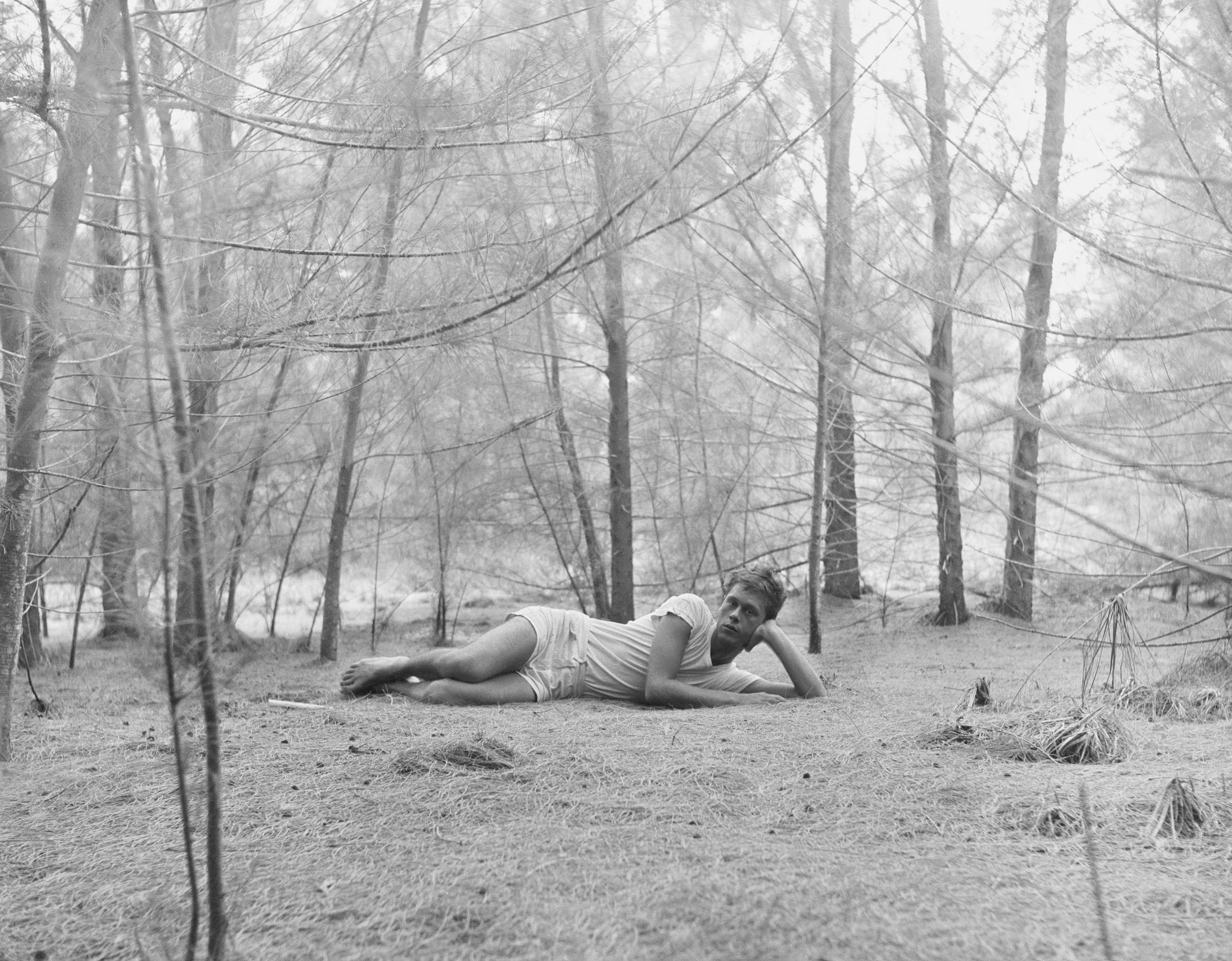 Inside the seductive and mischievous relationship between Paul Thek and Peter Hujar
Inside the seductive and mischievous relationship between Paul Thek and Peter HujarUntil now, little has been known about the deep friendship between artist Thek and photographer Hujar, something set to change with the release of their previously unpublished letters and photographs
-
 In addition to brutalist buildings, Alison Smithson designed some of the most creative Christmas cards we've seen
In addition to brutalist buildings, Alison Smithson designed some of the most creative Christmas cards we've seenThe architect’s collection of season’s greetings is on show at the Roca London Gallery, just in time for the holidays
-
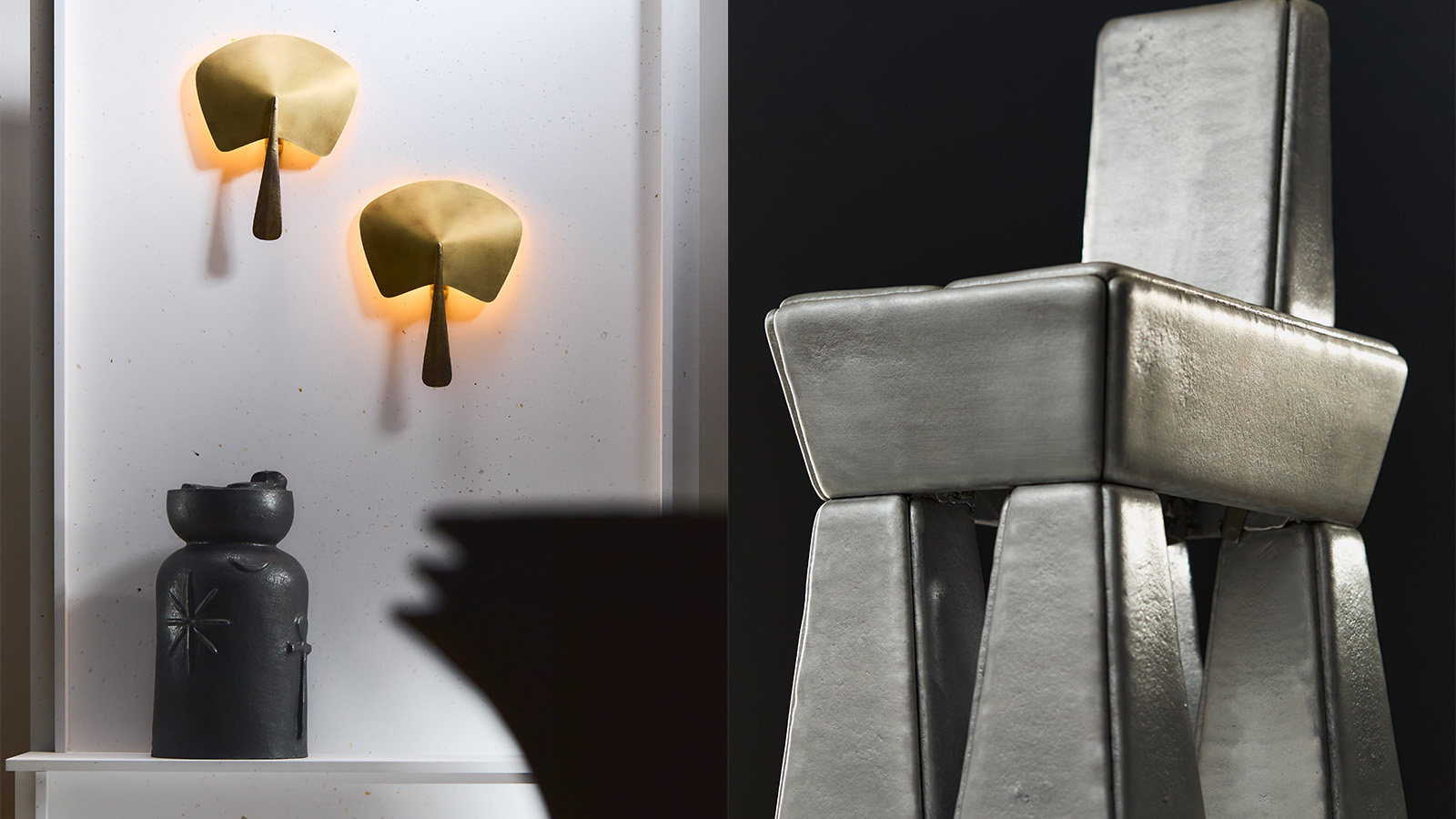 20 emerging designers shine in our ‘Material Alchemists’ film
20 emerging designers shine in our ‘Material Alchemists’ filmWallpaper’s ‘Material Alchemists’ exhibition during Milan Design Week 2025 spotlighted 20 emerging designers with a passion for transforming matter – see it now in our short film
-
 Delve into the Wallpaper* Design Directory 2025, on sale now
Delve into the Wallpaper* Design Directory 2025, on sale nowIn the July issue of Wallpaper*, find a photographic love letter to Milan Design Week, plus the best new furniture, lighting, kitchens, bathrooms and more
-
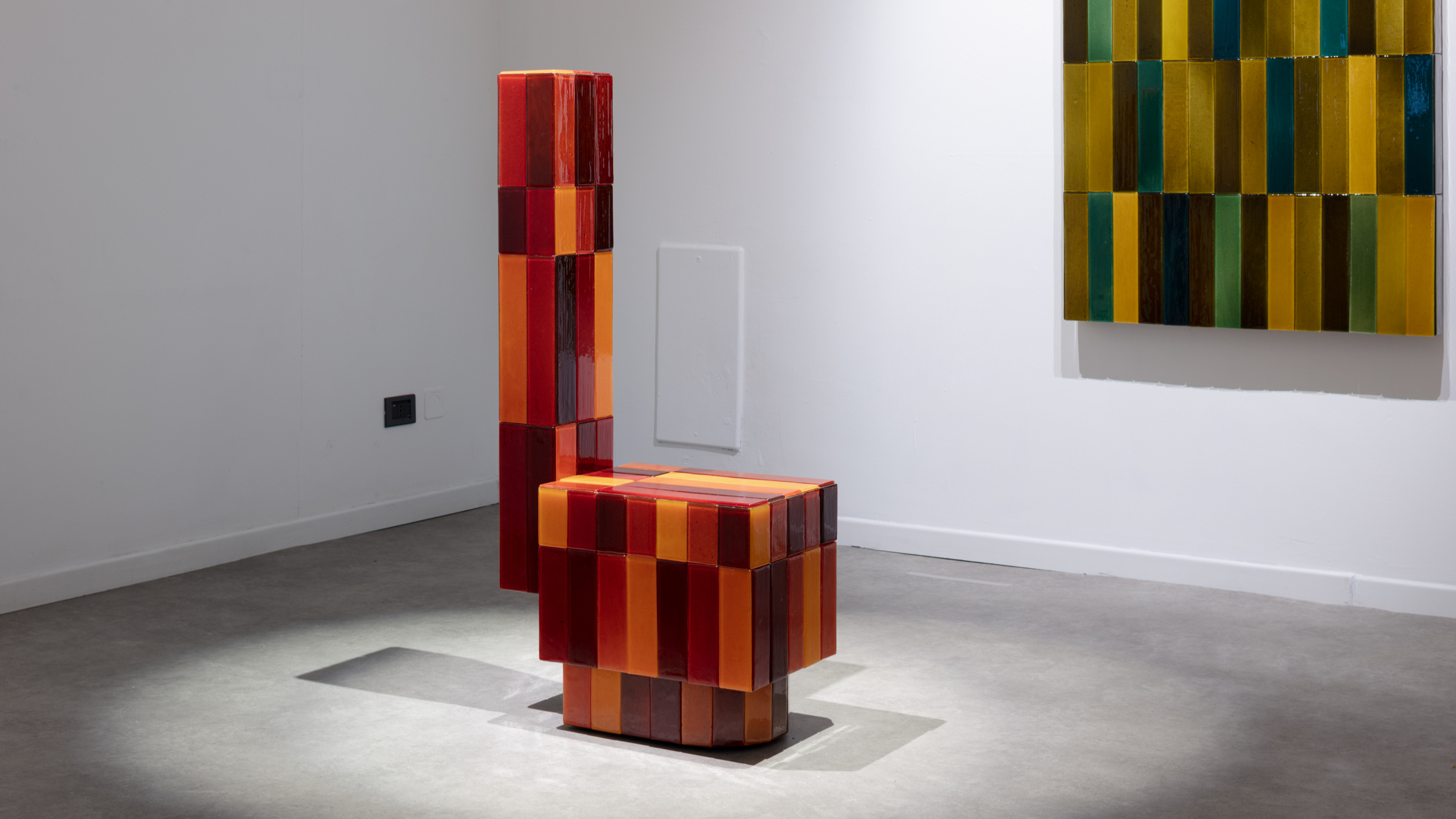 Tokyo design studio We+ transforms microalgae into colours
Tokyo design studio We+ transforms microalgae into coloursCould microalgae be the sustainable pigment of the future? A Japanese research project investigates
-
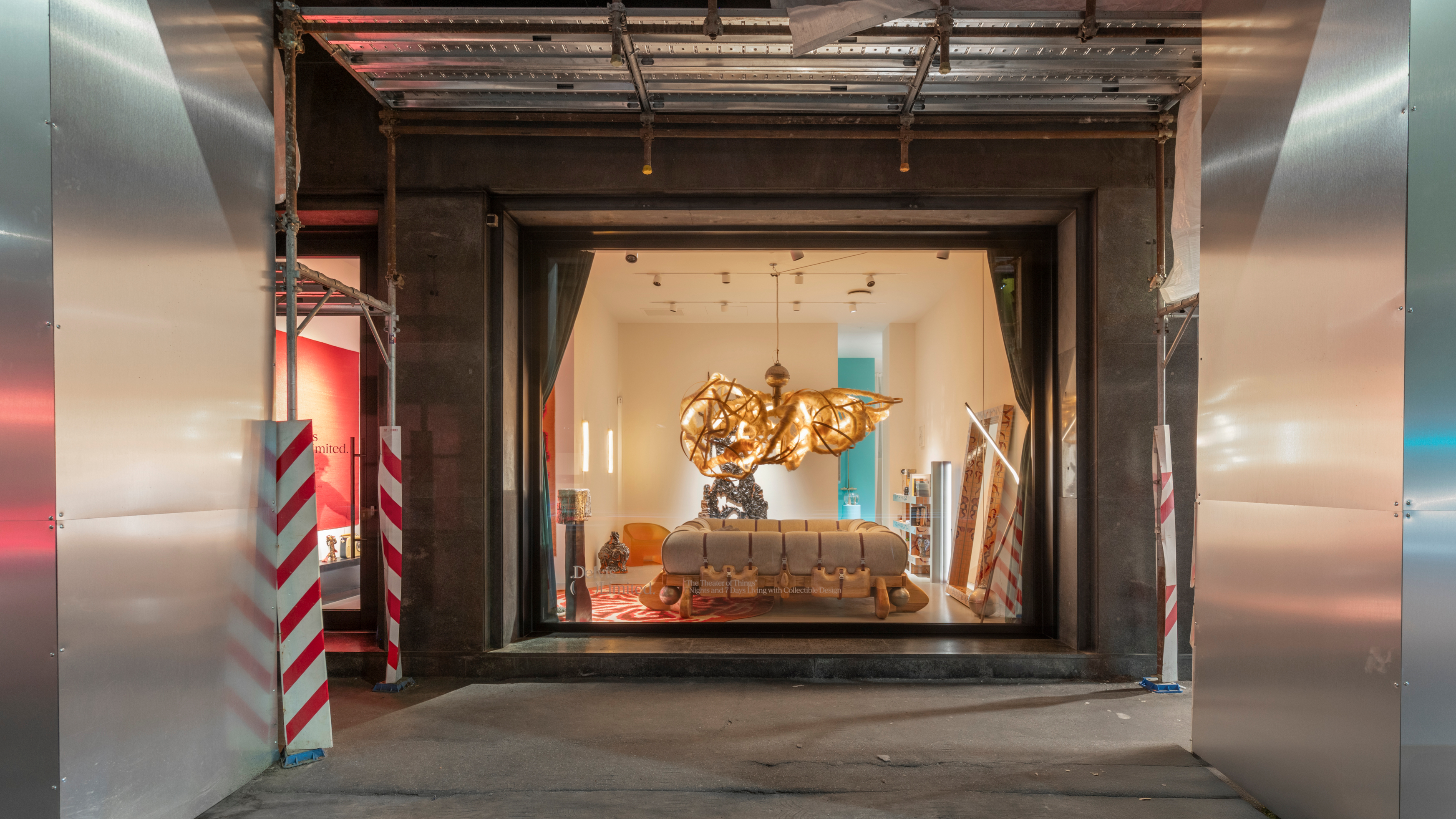 Delvis (Un)Limited turns a Brera shopfront into a live-in design installation
Delvis (Un)Limited turns a Brera shopfront into a live-in design installationWhat happens when collectible design becomes part of a live performance? The Theatre of Things, curated by Joseph Grima and Valentina Ciuffi, invited designers to live with their work – and let the public look in
-
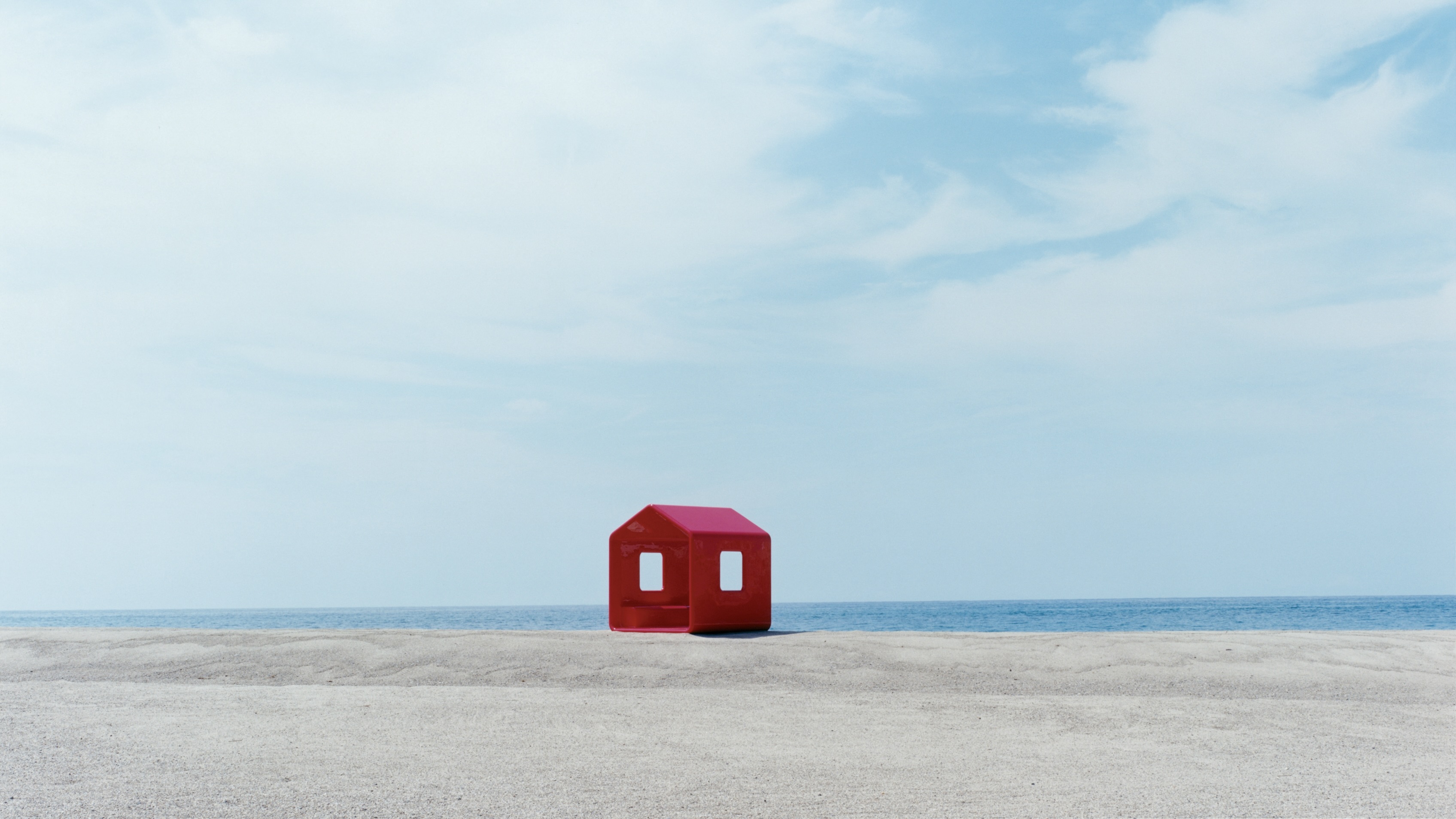 Naoto Fukasawa sparks children’s imaginations with play sculptures
Naoto Fukasawa sparks children’s imaginations with play sculpturesThe Japanese designer creates an intuitive series of bold play sculptures, designed to spark children’s desire to play without thinking
-
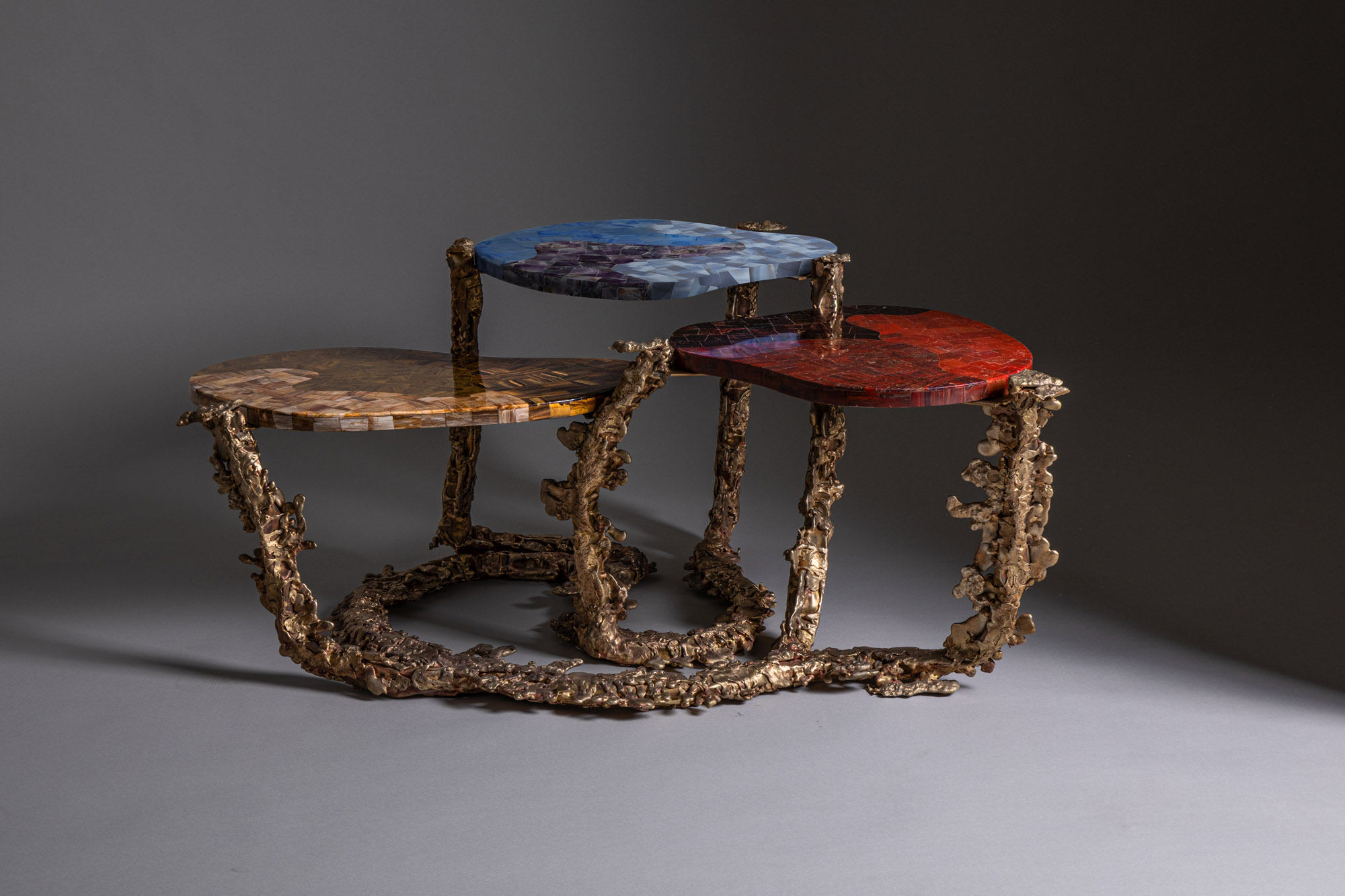 Inside the Shakti Design Residency, taking Indian craftsmanship to Alcova 2025
Inside the Shakti Design Residency, taking Indian craftsmanship to Alcova 2025The new initiative pairs emerging talents with some of India’s most prestigious ateliers, resulting in intricately crafted designs, as seen at Alcova 2025 in Milan
-
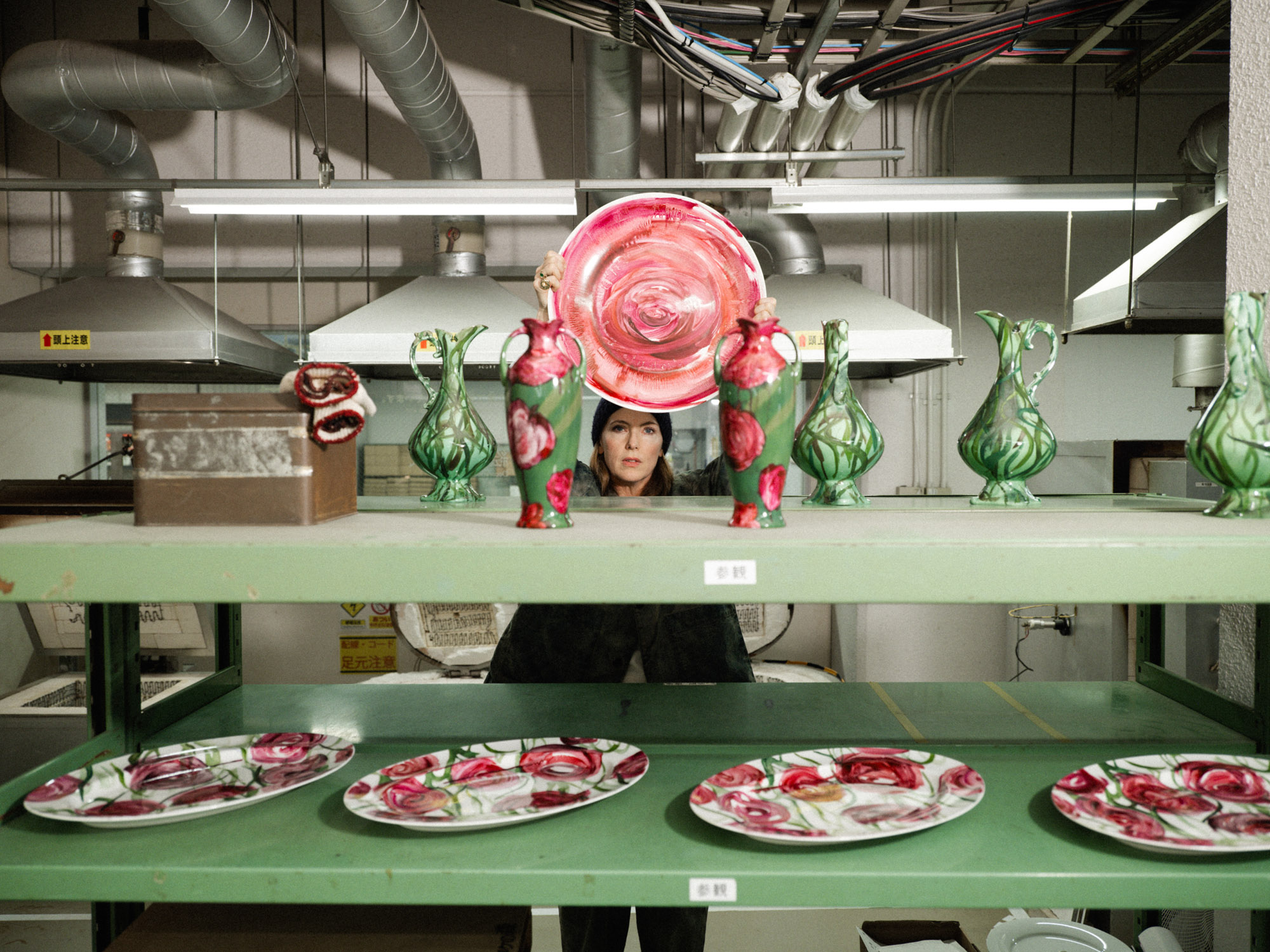 Faye Toogood comes up roses at Milan Design Week 2025
Faye Toogood comes up roses at Milan Design Week 2025Japanese ceramics specialist Noritake’s design collection blossoms with a bold floral series by Faye Toogood
-
 6:AM create a spellbinding Murano glass showcase in Milan’s abandoned public shower stalls
6:AM create a spellbinding Murano glass showcase in Milan’s abandoned public shower stallsWith its first solo exhibition, ‘Two-Fold Silence’, 6:AM unveils an enchanting Murano glass installation beneath Piscina Cozzi